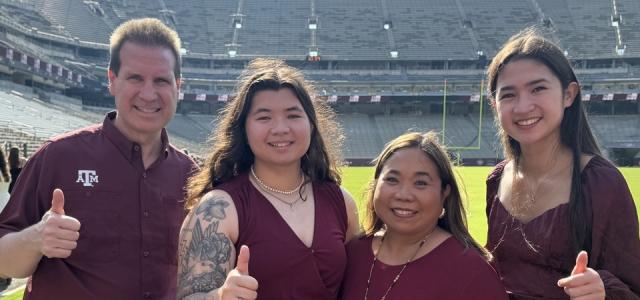
Millennials Saving for Retirement
A Wells Fargo survey of American retirees found that 86% live primarily on income from Social Security or a pension.1 By contrast, only 25% of millennial workers expect their primary source of retirement income to come from Social Security or a pension. Instead, 45% of millennials say their future retirement will be funded by personal savings.
The average millennial started saving for retirement at 25, while today's average retiree started saving around age 40. The survey clearly shows that millennials are thinking about retirement and saving for this goal. Millennials are aware that many benefits, such as pensions and social security, might be reduced or simply not available for their retirement.
State and Local Government Pensions
In 2016, millennials became the largest generation in the U.S. labor force. In 2019, 32 percent of state and local employees were millennials. More than half (58 percent) of state and local public employees work in education in roles as teachers, while 13 percent work in public safety such as police officers and firefighters, and 12 percent work in health and safety.
The National Institute on Retirement Security (NIRS) in a 2019 survey found that millennials working in state and local government 84 percent of them say they are satisfied with their job and intend to stay with their employers so long as their benefits are not cut.2 High job satisfaction among state and local millennial employees comes despite the potential to earn a higher salary in the private sector. Most millennials in state and local government (80 percent) believe they could earn a higher salary working in the private sector, and only about one in four see their salary as very competitive.
The survey showed that a high number of Millennials (84 percent) say that a pension benefit is a reason they stay in a state and local government job. Millennials say cutting their pension benefits would make them more likely to leave their state or local government job (71 percent). But, 85 percent say they are concerned about potential pension benefit cuts, and 84 percent expressed concern about government officials underfunding pension contributions. Clearly, employee benefits in the form of a pension are very attractive to millennials, but they are being threatened.
Public Pension Underfunding
It appears there is a strong desire for a pension especially for millennials that work in important positions in state and local governments. Generous employee benefits are one of the main reasons millennials stay in their current position, despite the higher pay they could get in the private sector. The issue is that many of these state and local government pensions are underfunded and the benefits could be cut in the near future. Underfunded pensions are a real concern in Texas.
For instance, the Teachers Retirement System (TRS) of Texas had $46 billion shortfall in which Texas lawmakers had to fix.3 The State of Texas employee pension plan or ERS is around 70% funded and city government pensions such as Houston and Austin faced similar underfunding problems that need to be fixed.
Also, a pension for a teacher in Texas, according to TRS, the average benefit only covers 69% of salary and it is not indexed for inflation.4 Furthermore, almost all school districts in Texas do not pay into social security, as a result, you may not get this in your retirement. How will you come up with the remaining money to live a comfortable retirement?
What are Your Options?
With the issues of underfunded pensions and the possibility of pension benefits to be cut, it is a good idea to take immediate action and start to save now in either 457(b) or 403(b) plans to supplement your pension benefits. A 403(b) plan is a retirement plan for employees of public schools such as teachers. These plans can invest in either annuities or mutual funds. A 457(b) plan is offered to state and local government employees. Both plans allow you to save up to $19,500 and an additional $6,500 if age 50 and older.
Both of these plans enable your money to grow tax-free until you take distributions at retirement. This is a smart choice to supplement your state or local government pension plan. With the popularization of target-date funds and auto-enrollment programs and an increase in employer matching, this has prompted easier retirement contributions and investing.
It is suggested to speak to a financial planner to see what is the right option for you to meet your retirement goals.
4. https://www.trs.texas.gov/Pages/403b_active_member.aspx
*This content is developed from sources believed to be providing accurate information. The information provided is not written or intended as tax or legal advice and may not be relied on for purposes of avoiding any Federal tax penalties. Individuals are encouraged to seek advice from their own tax or legal counsel. Individuals involved in the estate planning process should work with an estate planning team, including their own personal legal or tax counsel. Neither the information presented nor any opinion expressed constitutes a representation by us of a specific investment or the purchase or sale of any securities. Asset allocation and diversification do not ensure a profit or protect against loss in declining markets.





